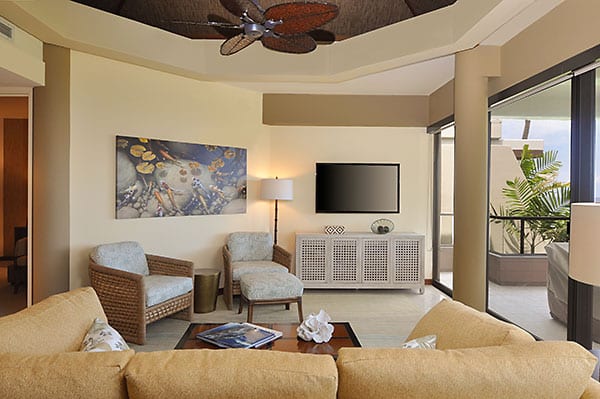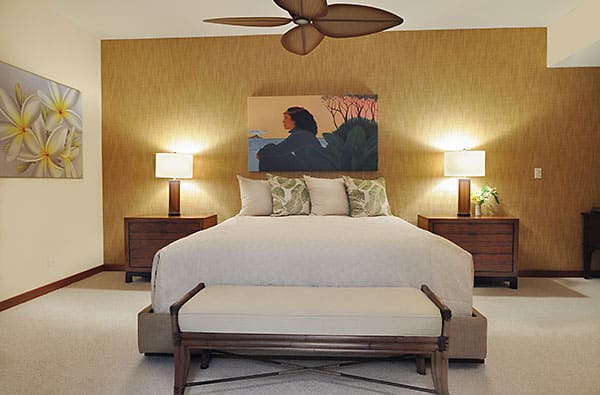You’ve probably heard "green design" and "sustainable design" used more and more, and interchangeably, but the fact is that they each support different aspects of our environment:
- Green Design creates a healthy environment for people within the buildings we live, work and play in.
- Sustainable Design creates a healthy environment for the planet we live on.
LEED AP PROFESSIONAL DESIGNATION
Interior Design is only one of the many disciplines necessary to create a healthy environment, but it is very important, and the reason I studied to become a LEED AP*.
LEED is the acronym for Leadership in Energy and Environmental Design, and the AP stands for Accredited Professional.
LEED AP is a professional designation for those who have demonstrated a thorough testing an understanding of green building techniques, environmental issues, the LEED program, and the certification process.
GREENWASHING
Unfortunately there’s no checklist of acceptable products, finishes, and furnishings, and the industry is rife with greenwashing. Greenwashing is defined as false or exaggerated information by manufacturers presenting their products as environmentally responsible. To further complicate matters, products may have both healthy and toxic properties, necessitating the weighing of one against the other.
Trans-Pacific Design helps cut through the greenwashing, and specifying the best finishes and products to create a healthy home, office or hotel. Most of you are familiar with Energy Star-rated appliances that minimize greenhouse gas emissions and energy while saving money on your electric bill. This is one of many certification programs I rely on to provide environmentally responsible design.
FOREST STEWARDSHIP COUNCIL
The Forest Stewardship Council (FSC) establishes a worldwide standard of recognized principals of forestry management. Trans-Pacific design looks for FSC-certified wood, harvested from certified forests worldwide and a chain of custody tracks it during all its stages from the forest to the consumer. An FSC certification is an assurance that forests have not been destroyed or degraded.
Softwoods such as cedar, pine and redwood grow much faster than hardwoods such as ash, birch, maple and oak. Sustainable choices of materials are bamboo, wicker and Indonesian rattan which fit right in to our island lifestyle. The following photo shows a furniture grouping of sustainable materials.
 Chairs and ottoman of pole rattan with chairs wrapped in woven seagrass; media cabinet white washed Mango, a very fast growing sustainable wood.
Chairs and ottoman of pole rattan with chairs wrapped in woven seagrass; media cabinet white washed Mango, a very fast growing sustainable wood.
CARPET AND RUG INSTITUTE
The Carpet and Rug Institute (CRI) represents over 90% of the manufacturers and suppliers of raw materials used to produce carpeting and rugs. CRI addresses indoor air quality, recycled content, and reduction of industrial wastes. The institute measures emission levels for volatile organic compounds in both carpeting and adhesives. High levels of off-gassing can cause headaches and serious illness. Trans-Pacific Design used CRI-certified carpets/rugs in the master bedroom of a recent project.
 Master bedroom with CRI-certified carpets/rugs
Master bedroom with CRI-certified carpets/rugs
GREENGUARD
While the CRI is concerned only with carpet, the Greenguard Environmental Institute addresses emission levels for a wide range of products: paints and coatings, ceiling systems, office equipment and furniture, textiles and wall coverings.
 Kitchen with Greenguard certified Cambria quartz countertops. Cambria is certified by GREENGUARD, as a low-emitting product for indoor air quality.
Kitchen with Greenguard certified Cambria quartz countertops. Cambria is certified by GREENGUARD, as a low-emitting product for indoor air quality.
As Kermit says, “It’s not easy being green!” but Trans-Pacific Design can help you become your greenest.
*LEED: Leadership in Energy and Environmental Design. A rating system by the U.S. Green Building Council to evaluate new and existing buildings. Environmental performance is assessed from a whole-building perspective over a building’s life cycle, providing a definitive standard for what constitutes an environmentally responsibly designed building.
Published by: Susan J. Moss, ASID, LEED Accredited Professional in Green Design, Furnishings, Active Blog, Residential Design, Sustainable Design
Tags: LEED AP, Forest Stewardship Council, Carpet and Rug Institute, Greenguard, Green design, Residential Design, Sustainable Design

Comments are closed.